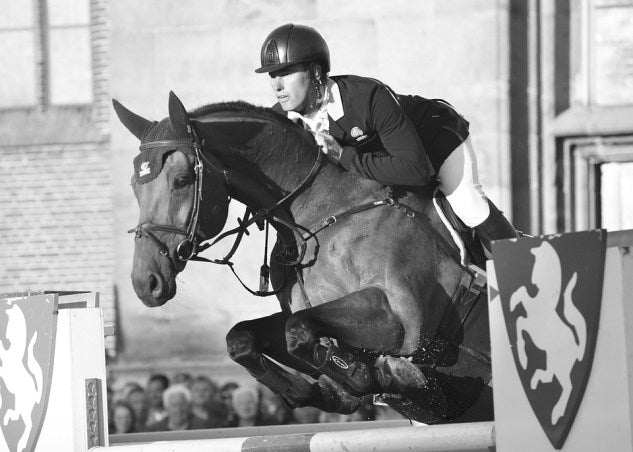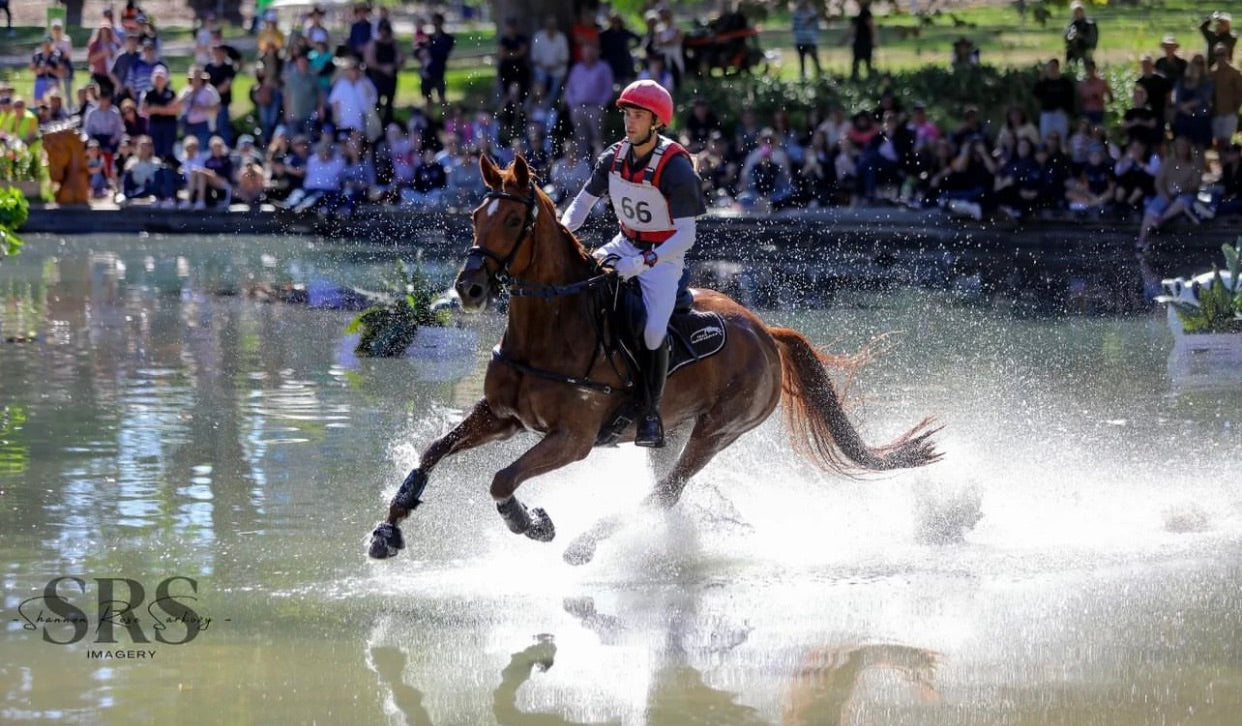It seems that many people were taken by surprise when Equestrian Australia announced last year that there would be new helmet safety standards from 2017 onwards. The abolishment of helmet standard EN1384 means that many helmets, particularly older models, are no longer valid for use in competition. Rumours and confusion were rife as people tried to work out what helmets were, and what soon would not be, legal.
In fact, the European Commission had already withdrawn this helmet standard, with an interim standard known as VG1 being employed temporarily until new permanent standards are approved.
At the time of the Australian announcement, Equestrian Australia recommended the use of helmets that conform to Australian Standard AS/NZS 3838. However, helmets are generally certified by the country in which they are manufactured; hence it is unlikely that any helmet made in Europe is likely to be certified by this standard. Not necessarily because they don’t satisfy the same safety requirements, but simply because it is more viable for the manufacturers to have them certified in their own countries (especially considering the relatively limited Australian market).
So just what are some of the standards you might come across, and what do they mean?
- AS/NZS 3838 (including SAI Global Mark): this is an Australian standard and is generally only used by helmets manufactured by Australian companies.
- SNELL E2001 and ASTM F1163: these are current American standards.
- PAS 015 and VG1: these are current British and European standards respectively. VG1 is an interim standard.
- SEI, SAI and Kitemark are not standards, they are quality marks. They represent voluntary safety certifications that are additional to the compulsory standards. These quality marks indicate that the company complies with rigorous system of further regulation and testing. The Kitemark also requires an unrestricted access to the factories to allow for random testing and auditing.
Each of the individual standards has their own criteria and tests that place more or less emphasis on different helmets and various types of injuries. For example, they will examine how much of the head a helmet covers, how a rider falls and onto what type of surface, how a helmet moves, and how severe an injury riders’ can expect to receive from that fall.

OUR VIEW
While some standards look closely at preventing the most severe types of head injuries a rider may experience, others protect from the more commonplace. No one standard can accurately predict the specific type of accident or fall a rider may experience as there are too many variables to take into account; if the fall is on concrete, grass or in an arena, whether the rider is kicked when he or she falls, whether the horse is wearing studs, or if a horse falls on the rider, causing a crush injury. Therefore, a helmet that meets multiple standards has been proven to provide the most comprehensive protection and cover a wider range of the potential accident scenarios a rider might experience.
Summary of APPROVED STANDARDS
As of 1 January 2017, protective headgear must conform with one of the current approved safety standards:
- Current Australian standard AS/NZS 3838 (2006 onwards), provided they are SAI Global marked.
- New Australian standard ARB HS 2012, provided they are SAI Global marked.
- Current American standard ASTM F1163 (2004a or 04a onwards), provided they are SEI marked.
- Current American standard SNELL E2001.
- Current British standard PAS 015 (1998 or 2011), provided they are BSI Kitemarked.
- Interim European Standard VG1 (01.040: 2014-12), with or without BSI Kitemark.**
This is further summarised in the table below, with some of the most popular global brands displayed:

As you can see, there is a fair bit of variability when it comes to which brands satisfy what standards and quality marks. Charles Owen (including our own range of John Whitaker International Helmets, which are made by Charles Owen) satisfy six of these, whilst all KEP Italia Helmets satisfy five.*Please note the standards are displayed as per manufacturer’s website. These standard only apply to helmets manufactured after 1/1/2017. For more information, each helmet should be checked individually.
At the end of the day, we believe that the new helmet regulations are a step in the right direction. We only have one head, and it is vitally important that we stay up-to-date with improved technology, testing and global innovation to keep ourselves as safe as possible. We believe that everyone should buy the best possible helmet they can afford – this is one item you definitely shouldn’t skimp on!!
** Sources:
http://www.horsesafetyaustralia.com.au
http://www.wa.equestrian.org.au





